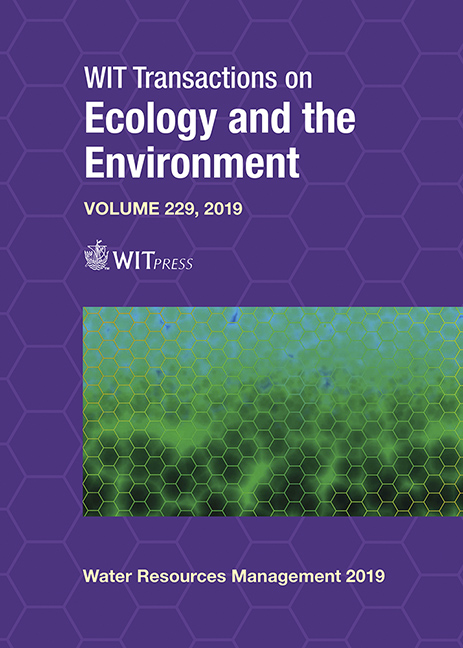UNDERSTANDING THE ROLE OF ENVIRONMENTAL GOVERNANCE NETWORKS IN WATERSHED GOVERNANCE AND MANAGEMENT
Price
Free (open access)
Transaction
Volume
229
Pages
12
Page Range
33 - 44
Published
2019
Paper DOI
10.2495/WRM190041
Copyright
WIT Press
Author(s)
JUDY STEWART, MARY ELLEN TYLER
Abstract
The Bow River Basin Council (BRBC) functions as both an environmental governance network (EGN) and a bridging organization for watershed management in the Calgary region of southwestern Alberta, Canada. BRBC’s structure and function are examined to understand its role in inter-jurisdictional, cross-sectoral watershed management. EGNs such as BRBC emerge in complex social-ecological systems, and influence policy development and municipal participation in watershed management activities, manage information flows, and close functional cross-scalar “gaps” in government policy and regulation. Self-selecting and voluntary, BRBC stakeholders reflect multiple and sometimes competing sectoral interests in water and watershed management. EGNs such as BRBC may be structured to function as bridging organizations, brokering between actors in the watershed to achieve common watershed management objectives. The BRBC performs valuable functions for social learning, co-creation of knowledge, and collaborative and adaptive watershed management planning. Reflexive legal processes may provide the necessary procedural mechanisms to legitimize BRBC’s decision-making processes and co-created watershed management plans.
Keywords
environmental management, environmental governance networks, bridging organizations, social-ecological systems, reflexive legal processes





